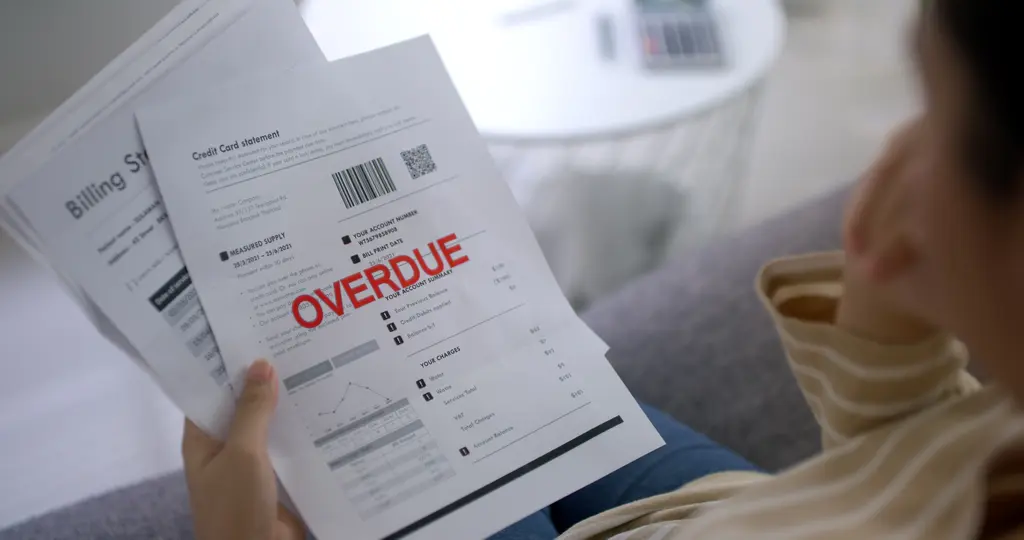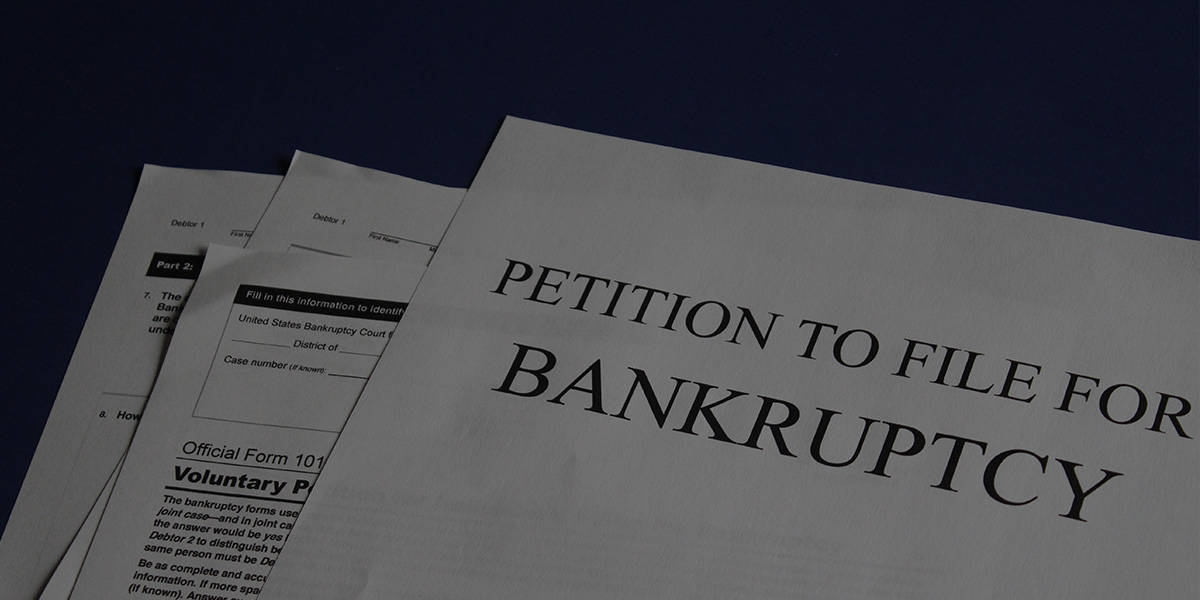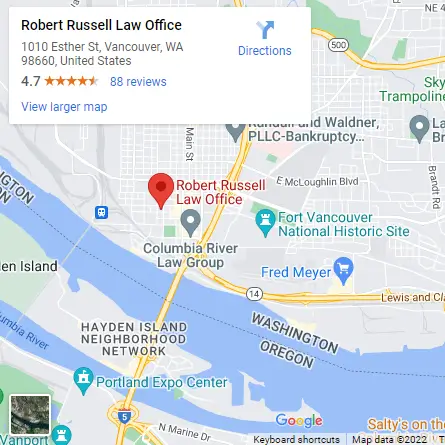BANK ACCOUNT GARNISHMENTS – CERTAIN FUNDS ARE PROTECTED
Many people facing financial hardship have their bank accounts (and wages) garnished. The purpose of this article is let you know that not all funds you have in your bank account can be taken by a garnishing creditor AS LONG AS you respond correctly AND on time.
HOW DID THE CREDITOR GARNISH YOUR BANK ACCOUNT?
If a creditor is garnishing your bank account that means (1) they sued you and have a judgment and (2) served a Writ of Garnishment on your bank that asks your bank to freeze your account and send them money that is not exempt. It is normally up to you to claim an exemption, i.e., that certain funds are protected/exempt from garnishment by a creditor.
WHAT FUNDS ARE PROTECTED FROM GARNISHMENT?
Funds in your bank account that can protected from garnishment attempts include the following:
- Child Support
- Maintenance/Alimony
- Social Security
- Unemployment Benefits
- Most Pension Income
- Veteran’s Benefits
Other protections may also exist. In order to keep/protect the funds, you have to be able to show that the funds in the account actually came from the (exempt) source alleged.
WHAT FUNDS ARE NOT PROTECTED FROM GARNISHMENT?
If funds in the account are not specifically protected by statute (like those types above), then they are not exempt from garnishment. For example, a paycheck deposited into the account is not exempt. Funds loaned to you from another are not exempt. And so on.
HOW DO YOU CLAIM AN EXEMPTION?
Garnishment statutes, including those in Washington, require the creditor to send you a copy of the Writ of Garnishment and and Exemption Claim Form with instructions on how to claim an exemption. In Washington, you will get a form that looks something like the one immediately below. It is comprised of three parts: (1) The Instructions, (2) The Exemption Options, and (3) A Caution/Warning that if you claim an exemption to which you are not entitled that you may have to pay the garnishing creditor’s fees and costs to defeat your attempt to exempt funds that are not exempt.
— Begin Form —
INSTRUCTIONS:
1. Read this whole form after reading the enclosed notice. Then put an X in the box or boxes that describe your exemption claim or claims and write in the necessary information on the blank lines. If additional space is needed, use the bottom of the last page or attach another sheet.
2. Make two copies of the completed form. Deliver the original form by first-class mail or in person to the clerk of the court, whose address is shown at the bottom of the writ of garnishment. Deliver one of the copies by first-class mail or in person to the plaintiff or plaintiff’s attorney, whose name and address are shown at the bottom of the writ. Keep the other copy. YOU SHOULD DO THIS AS QUICKLY AS POSSIBLE, BUT NO LATER THAN 28 DAYS (4 WEEKS) AFTER THE DATE ON THE WRIT.
I/We claim the following money or property as exempt:
IF BANK ACCOUNT IS GARNISHED:
The account contains payments from:
[___] Temporary assistance for needy families, SSI, or other public assistance. I receive $_____ monthly.
[___] Social Security. I receive $_____ monthly.
[___] Veterans’ Benefits. I receive $_____ monthly.
[___] Pensions and retirement accounts including, but not limited to, U.S. Government Pension, federally qualified pension, individual retirement account (IRA), 401K, 403(b), and any state retirement system listed in RCW 41.50.030. I receive $_____ monthly.
[___] Unemployment Compensation. I receive $_____ monthly.
[___] Child support. I receive $_____ monthly.
[___] Other. Explain: ______________________
[___] $200 exemption if debt is to state agency.
[___] $500 exemption for all other debts.
IF EXEMPTION IN BANK ACCOUNT IS CLAIMED, ANSWER ONE OR BOTH OF THE FOLLOWING
[___] No money other than from above payments are in the account.
[___] Moneys in addition to the above payments have been deposited in the account. Explain: ______
* * *
CAUTION: If the plaintiff objects to your claim, you will have to go to court and give proof of your claim. For example, if you claim that a bank account is exempt, you may have to show the judge your bank statements and papers that show the source of the money you deposited in the bank. Your claim may be granted more quickly if you attach copies of such proof to your claim.
IF THE JUDGE DENIES YOUR EXEMPTION CLAIM, YOU WILL HAVE TO PAY THE PLAINTIFF’S COSTS. IF THE JUDGE DECIDES THAT YOU DID NOT MAKE THE CLAIM IN GOOD FAITH, HE OR SHE MAY DECIDE THAT YOU MUST PAY THE PLAINTIFF’S ATTORNEY FEES.
— End Form —
RECOVERING GARNISHED FUNDS IN BANKRUPTCY
If you do not have a valid exemption and your financial problems mean bankruptcy might be a reasonable choice for you, we can help. Just call for a free consultation. FURTHER, if your file bankruptcy within 90 days of the garnishment, you might be able to obtain a RETURN OF THE GARNISHED FUNDS.
If we can help, you know where to find us.





